Human beings have woven communities and culture together through the spirit of festival for centuries (the Indian Festival of Deepawali has been celebrated for over 2,500 years).
There is nothing like a good festival to offer a sense of belonging and help a community to feel cohesive.
While the origins of most festivals can be traced to highlights of the religious or agricultural calendar it is possible that our love for the festival has more than a little to do with all the fabulous food and fun that is ubiquitous to the occasion.
History of the Festival
The word feast first appeared circa 1200 and in 1589 the word Festifall was recorded. Through the ages, a feast was used to refer to a secular celebration and festival or fiesta mostly referred to a religious celebration.
Strangers at the Feast
Outsiders attending festivals is a recent development. As we are traveling more than ever even the most mysterious festivals have begun to welcome strangers. And these strangers have not only loved attending, they quickly realized that it is an incredibly immersive way to learn more about local culture.
Upcoming Festivals in India
Festivals form an integral part of the year for the highly spiritual people of India. If you want to see Indian culture at its most colorful, attending one of the many religious festivals of India throughout the year is your fast track ticket.
FESTIVALS THROUGHOUT INDIA
Deepawali
(also known as Diwali, Divali, or Dipavali)
The festival of lights is mentioned in early Sanskrit text and is celebrated by Hindus, Jains, Sikhs, and some Buddhists. It celebrates Lord Ram and his wife Sita returning to their kingdom of Ayodhya, following the defeat of Ravan and rescue of Sita on Dussehra. Symbolizing the metaphorical victory of light over darkness, good over evil and knowledge over ignorance everywhere the festival is celebrated buildings are brightly illuminated.
When
Preparations and rituals for the Diwali festival typically last five days during autumn (mid-October to mid-November on the Gregorian calendar), with the climax occurring on the third day which happens to be the darkest night of the Hindu lunisolar month Kartika.
What
Before Deepawali, everyone cleans, renovates and decorates their homes and offices. The finest clothes come out and diyas (oil lamps or candles) are lit to offer puja (worship) to Lakshmi (goddess of prosperity and wealth). Fireworks, feasts, and gifts round out the celebration. This important date on the Hindu religious calendar is also a national holiday in Fiji, Guyana, India, Malaysia (except Sarawak), Mauritius, Myanmar, Nepal, Singapore, Sri Lanka, Suriname, and Trinidad and Tobago.
Why Attend Divali
Deepawali is the most anticipated festival of the year for most Indian families and the food and parties are an unforgettable experience. Immerse yourself in a celebration of good over evil.
 © winyu – stock.adobe.com
© winyu – stock.adobe.com
Holi
The Indian Festival of Light is truly an opportunity to have the most undiluted view of India. The festival of spring, festival of colors or festival of love signifies the arrival of spring after winter. It is a time to forget and forgive, repair broken relationships and look forward to a good spring harvest season.
When
Celebrated predominantly in India and Nepal Holi has spread around the world and lasts for a night and a day from the evening of the Purnima (Full Moon day) which is around the middle of March in the Gregorian calendar.
What
This spring celebration of love, color, and fun can be found through religious rituals in front of a bonfire, praying for internal evil to be destroyed like the sister of the demon king Hiranyakashipu, Holika, who was killed in the fire. People also smear each other with colors and everyone is drenched with water guns and water-filled balloons. Be warned – everyone is fair game! Customary drinks include bhang with is made from intoxicating cannabis.
Why Attend Holi
This is your chance to channel the reincarnation of Lord Vishnu. Lord Krishna was big on pranks and if you don’t mind getting wet and dirty you may just have the time of your life.
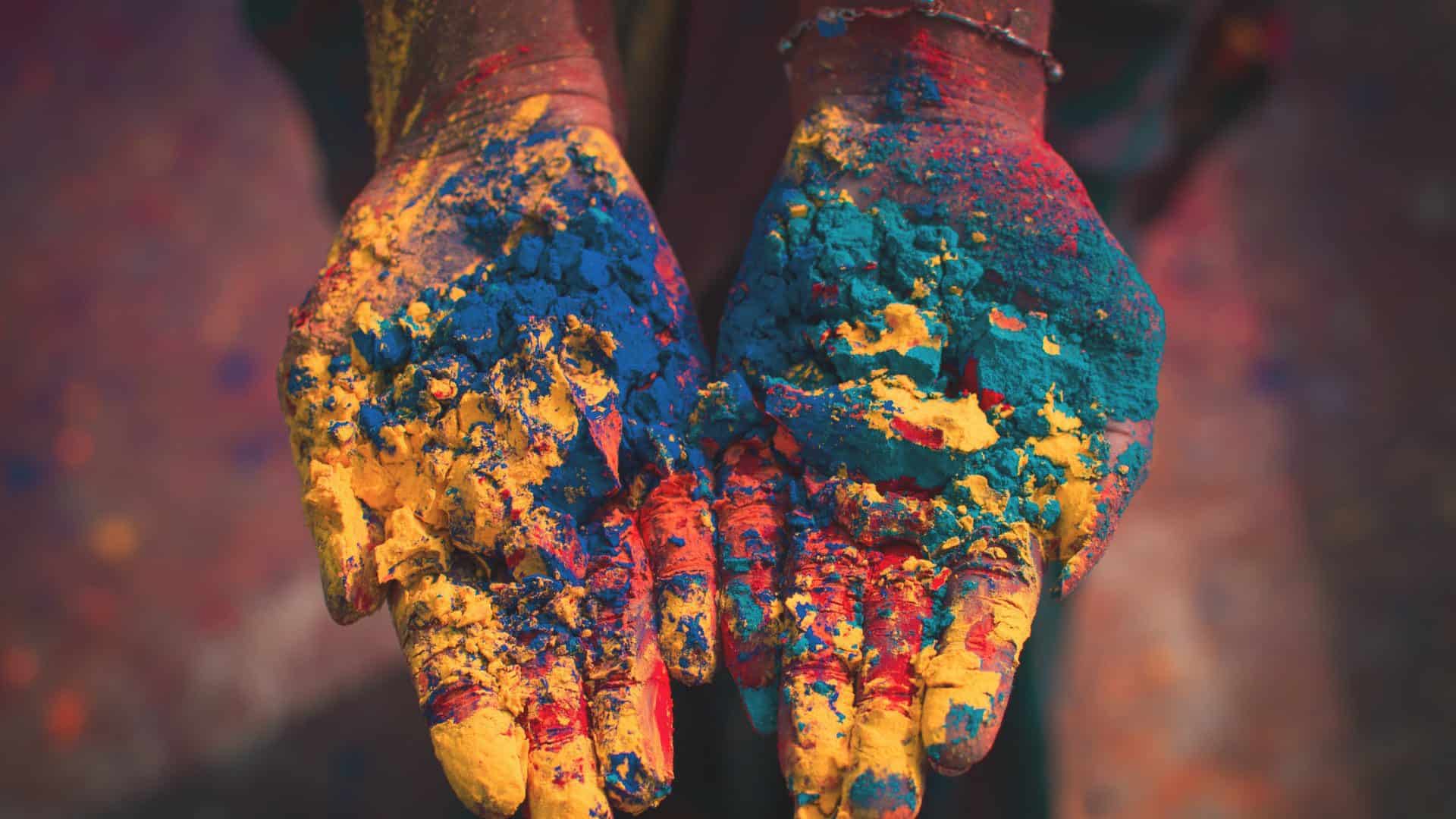 © Debashis Biswas – unsplash.com
© Debashis Biswas – unsplash.com
HORNBILL FESTIVAL SAFARI
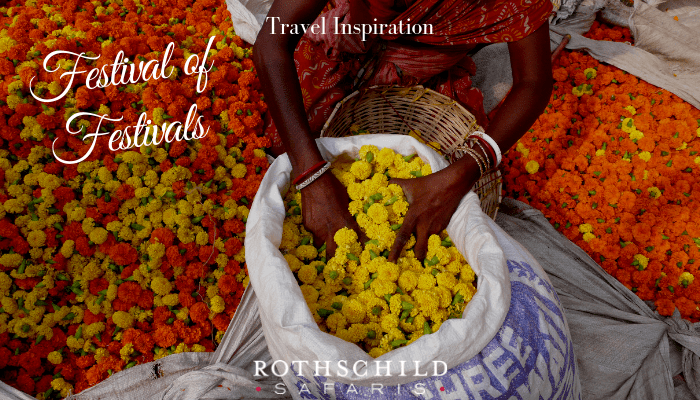
Duration: 10 days |
Arrive: Kolkata — Depart: Kolkata |
Destinations: 3 |
India is a curious place that still preserves the past, religions, and its history. No matter how modern India becomes, it is still very much an old country.
Anita Desai
From the vibrant city of Kolkata (formerly Calcutta) in the Indian state of West Bengal, with its famous Bengali hospitality and incredible architecture to the Bengal tigers of Kaziranga National Park and an adventure in the treasure trove of Indian culture in Khomia, Nagaland, India lies at your feet.
Staying in the Northeast of India for the Hornbill Festival (also known as the festival of festivals) you can experience a cultural extravaganza like nothing else on earth.
{this itinerary is only a suggestion
– our Guest Itineraries are designed exclusively and confidentially}
FESTIVALS IN KERALA
The Harvest Festival of Onam
When
The official state festival of Kerala is a 10-day cultural feast celebrated annually on the 22nd Nakshatra Thiruvonam in the Malayalam calendar month of Chingam, which is around August–September in the Gregorian calendar. Festivities (and public holidays!) start four days from Onam eve and takes place across 30 venues the capital of Kerala. It is a Hindu festival but non-Hindu communities participate, as do the Malayali diaspora around the world.
What
Legend has it that the spirit of the great King Mahabali visits Kerala at the time of Onam and the harvest festival consists of numerous festivities including boat races, tiger dances, flower arrangement, worship, Onam Kali, Tug of War, women’s dance, mask dance, martial arts, music, plantain offerings, costumes, folk songs and dance, and other celebrations.
Why Attend the Harvest Festival of Onam
Highly anticipated on the Indian festival Calendar, Onam brings along with it all the colors of Kerala- its history, its culture, and its beliefs.
Admire the tradition of Pookkalam whereby a new layer of flowers is added every day to form intricate designs in front of the gates of many houses.
Attend the grand meal of Onasadya which can be as many as 30 dishes during a nine-course meal served on banana leaves.
Be a spectator at the Onakalikal games – Talappanthukali is a favorite amongst men with great hand-ball co-ordination.
See the famous snake boat race where around 100 boatmen compete in beautifully decorated boats.
The Kaikottikali clap dance and the Thumbi Thullal circle dance are both performed by women during Onam
The temples in Kerala have many annual festivals honoring the presiding gods and goddesses. Most of these festivals revolve around elephant processions accompanied by colorful floats, drummers, musicians and some have towering effigies of horses and bulls. Onam also has an elephant procession but we do not promote these due to insufficient evidence that the elephants are cared for responsibly.
© kyran low – unsplash.com
The Snake Boat Races
It rains early in Kerala, and while the rest of the country is still waiting for the monsoon, Kerala finds itself in a frenzy of monsoon gala festivities and Indian religious holidays.
When
The Snake Boat Races take place in between July and September with the exact dates varying according to the phases of the moon.
What
A Snake Boat or Chundanvallam is a long traditional canoe style boat, at 100-120 feet (30-36 m) long it is covered by 4 navigators, 25 singers and 100-125 rowers who work according to the rhythm of the boatman’s song. The Kerala Villages have been competing against each other with great fervor over the last 400 years. According to a famous legend, the kings of Alleppey and their neighbors would fight against each other in their boats. Snake boats were developed to increase the chance of success.
Why Join the Snake Boat Race
As of 2019 tradition has become part of modern sporting style with the formation of the Kerala Boat Race League. You can even stay in a traditional houseboat during the races and cruise along the canals.
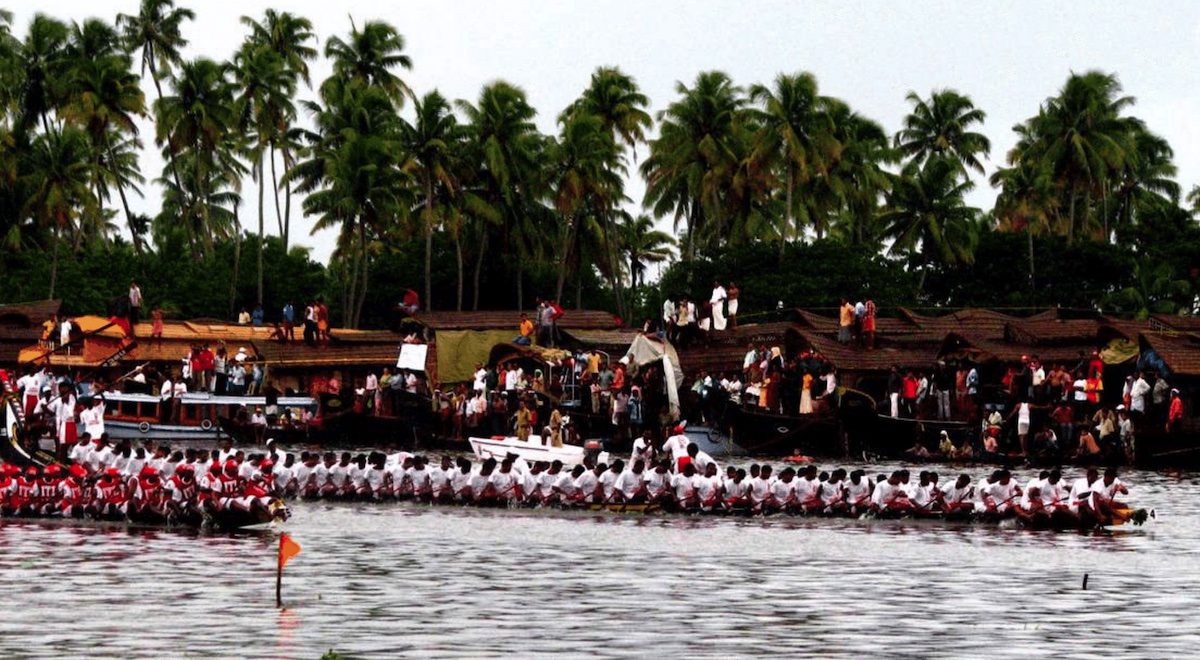
© Wikimedia Commons
FESTIVALS IN MUMBAI
The Ganesh Festival
The beloved Hindu elephant-headed god Lord Ganesha is honored during the Ganesh Chaturthi festival. Elaborately-crafted and decorated statues of Ganesh are worshipped in public and private places. The statues are worshipped throughout the festival until the last day when they are paraded through the streets with much singing and dancing before being submerged in the ocean. Ganesh festival originated in the city of Pune over 125 years ago and the main purpose was originally to bring people of different classes and castes together to unite them against the British rule.
When
Taking place on the fourth day after the new moon in the Hindu month of Bhadrapada which is late August and early September on the Gregorian calendar. The festival builds to a crescendo over 11 days.
What
Ganesh is well-loved and worshiped for his ability to remove obstacles and bring good fortune. Local communities compete with each other for the most impressive Ganesha statue and display. Boisterous devotees play lots of music and crowd the streets.
Why Attend the Festival of Ganesh
In Mumbai, the towering Siddhivinayak temple is dedicated to Lord Ganesha and an astounding number of devotees visit to join in prayers and pay their respects. The city of Mumbai features around 10,000 statues of Lord Ganesh and the procession and immersion of the statues are very impressive. It is forbidden to look at the moon during the first night as legend has it that the moon laughed at Lord Ganesha when he fell from his vehicle (maybe because the vehicle was a rat?) Around 150,000 statues are immersed in the ocean every year to serve as a reminder of the belief that form always gives way to formlessness and the energy still remains.
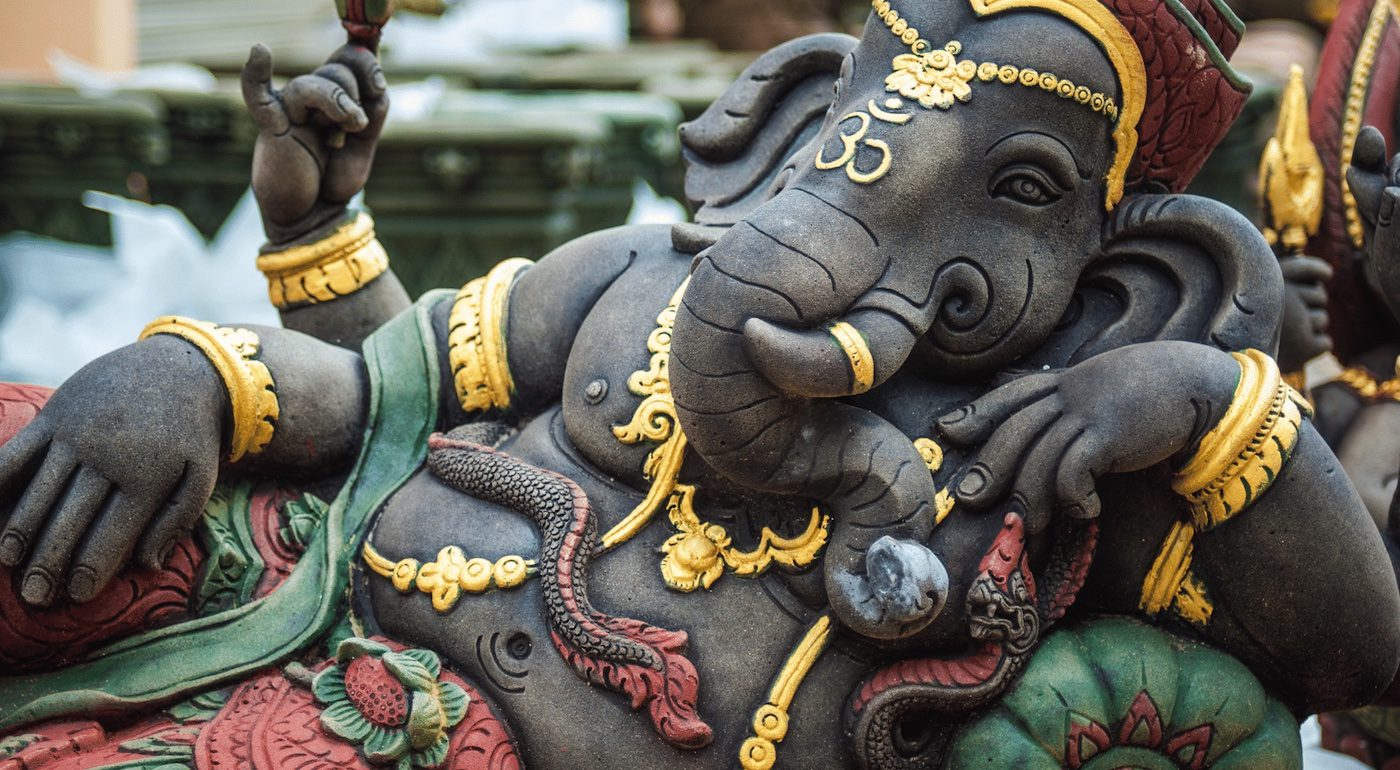 © Emanuele Mazzoni – stock.adobe.com
© Emanuele Mazzoni – stock.adobe.com
Krishna Janmashtami (Govinda)
Commemorating the birthday of Lord Krishna (the eighth incarnation of Lord Vishnu) who is revered for his wisdom about how to live life on Earth. The festival is celebrated throughout India but Mumbai is one of the best places to experience it as celebrations take place at hundreds of locations across the city..,
When
Celebrated during late August or early September depending on the cycle of the moon, this festival lasts for two days.
What
During a particularly fun part of this festival, young men or Govindas climb on top of each other to form a human pyramid to try and reach and break open clay pots filled with curd hanging high from buildings. This is known as Dahi Handi and refers to Lord Krishna’s habit of taking curd from people’s houses with his mischief forcing housewives to hang their baskets up high where he could not reach. You can also expect a lot of chanting and very large crowds around temples.
Why attend Govinda
Do look out for Bollywood stars who often attend Dahi Handi. The climbing festivity is fun to watch but it can result in injuries and broken bones for the participants.
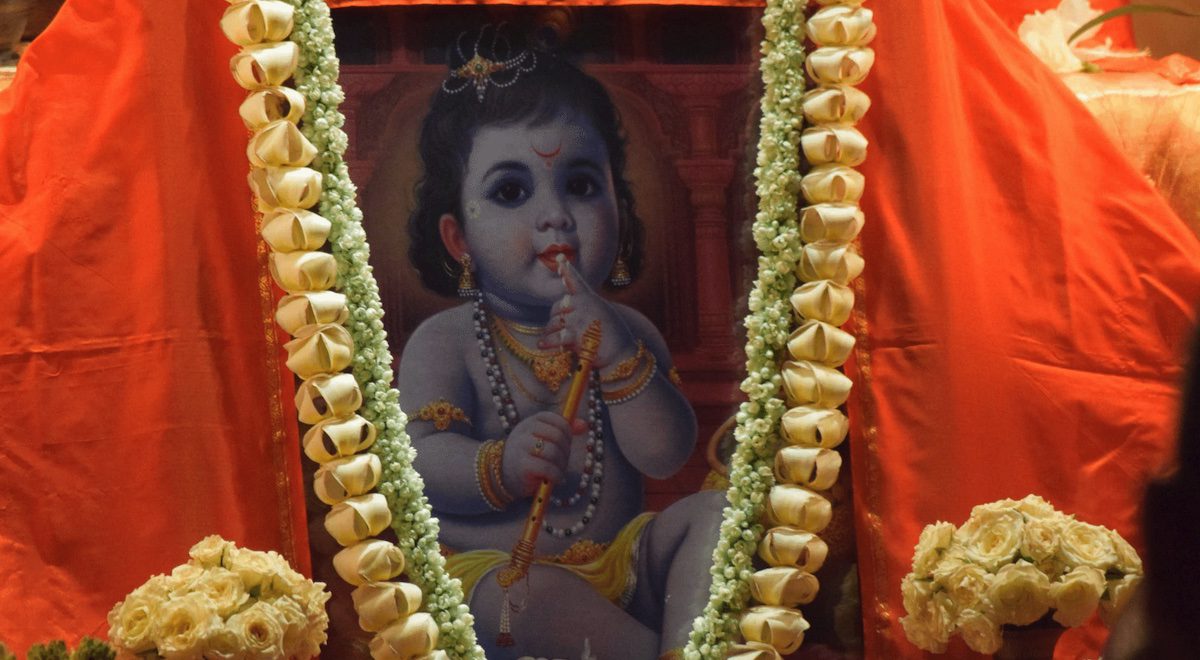 © Belur Math, Howrah – flickr.com
© Belur Math, Howrah – flickr.com
FESTIVALS IN CALCUTTA
Durga Puja in Calcutta
During the seventh month of the Hindu calendar, Durga Puga is celebrated in eastern Indian states.
When
Traditionally celebrated during 10 days of the month Ashvina (September-October in the Gregorian calendar).
What
Celebrating the victory of the goddess Durga over the demon king Mahishasura this festival of the Hindu religious calendar overlaps with the nine-night Navratri festival which celebrates the divine feminine. The festival ends amid loud chants and drumbeats while idols are carried in a huge procession to the local river where they are immersed. Images of the goddess astride a lion as she attacks the demon King Mahishasura can be observed on elaborately decorated bamboo structures and galleries (called pandals) and temples.
Why attend Durga Puja
Arrive early to see the finishing touches being added to the idols. Seeing all the displays is called pandal hopping and it is particularly lovely at night when the displays are lit. The popular Dhunuchi folk dance is inclusive and anyone can join in. During the dance, an earthen pot is filled with burning coconut husk and camphor. Drummers lead the dancers with their varied speed beats. Smoke, sound and rhythmic swaying engulf the atmosphere. It’s intense and intoxicating! The dance is inclusive and anyone, men and women, can join in.
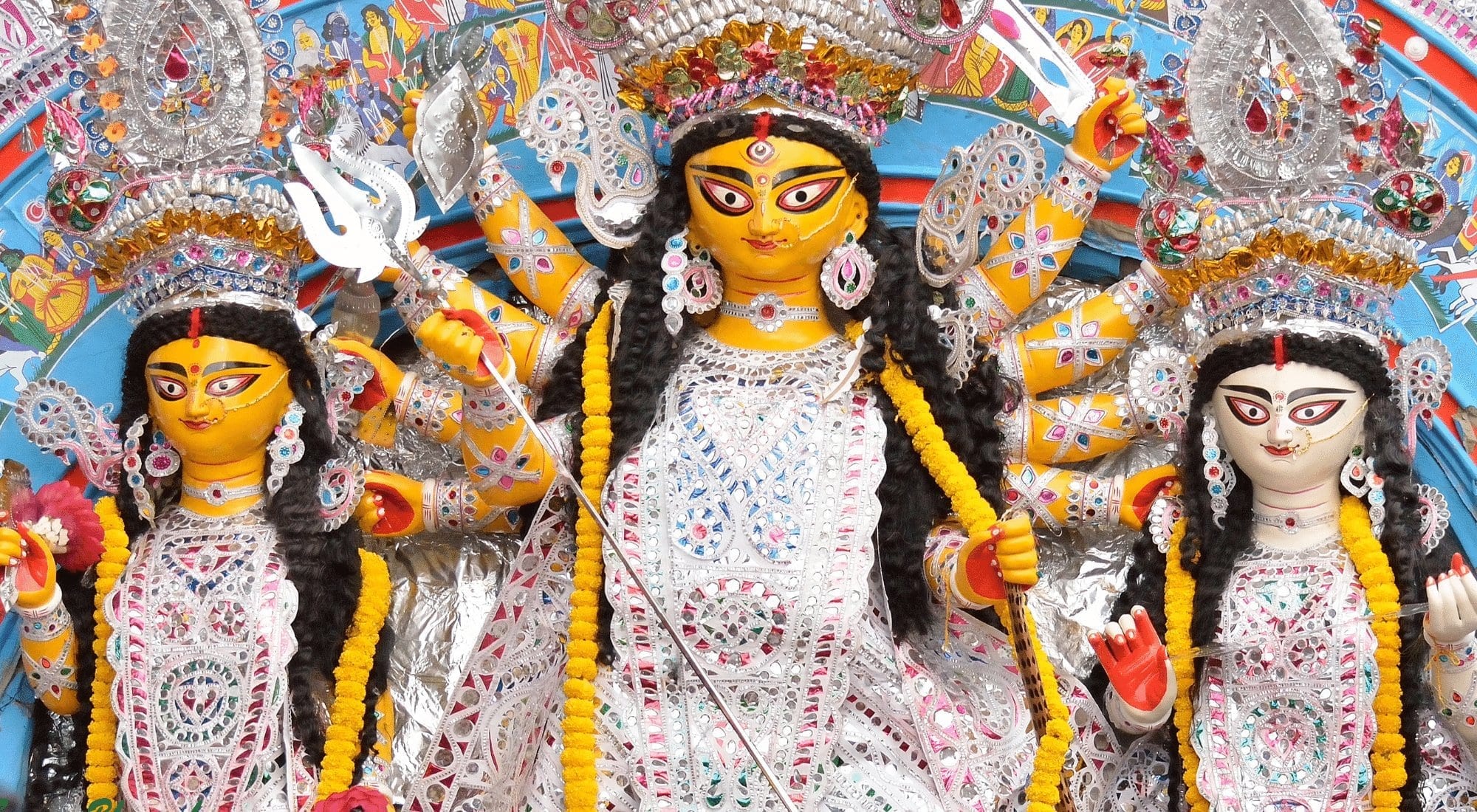 © suman – stock.adobe.com
© suman – stock.adobe.com
FESTIVALS IN RAJASTHAN
Pushkar Camel Fair
This festival used to feature 50,000 camels every year but it has dwindled dramatically in modern times. Still, an impressive number of camels converge on the tiny desert town of Pushkar on the edge of the Thar Desert, to be dressed up, paraded, shaved, entered into beauty contests, raced and traded. The fair was originally conceived to provide an opportunity for local camel and cattle traders to do business during the holy Kartik Purnima festival.
When
Around the full moon in the Hindu lunar month of Kartik. This usually falls in November of the Gregorian calendar.
What
Apart from all the camel activities, there is also a carnival with folk and fusion musicians, magicians, temple dancers, acrobats, snake charmers, spiritual and heritage walks, an arts and crafts bazaar and carousel rides to entertain the crowd. Pilgrims also come to the festival to bathe in the holy waters of Pushkar’s lake and be absolved of their sins with the two days around the full moon considered the most auspicious time of the year for this activity to receive special blessings.
Why attend Pushkar Camel Fair
This is a unique opportunity to witness a traditional Indian festival. The fair is fascinating and peculiar and over the centuries the camel trading has been surpassed by the formal program of activities. Do arrive early if you are interested in the camel trading as it is a very quick affair. All the camel action happens during the first few days of the festival. This festival might also be your best opportunity to attend a mustache competition. Choose to see the camel fair from a hot air balloon… or opt for similar fairs that are a little less commercial and smaller in Jhalawar and Bikaner.


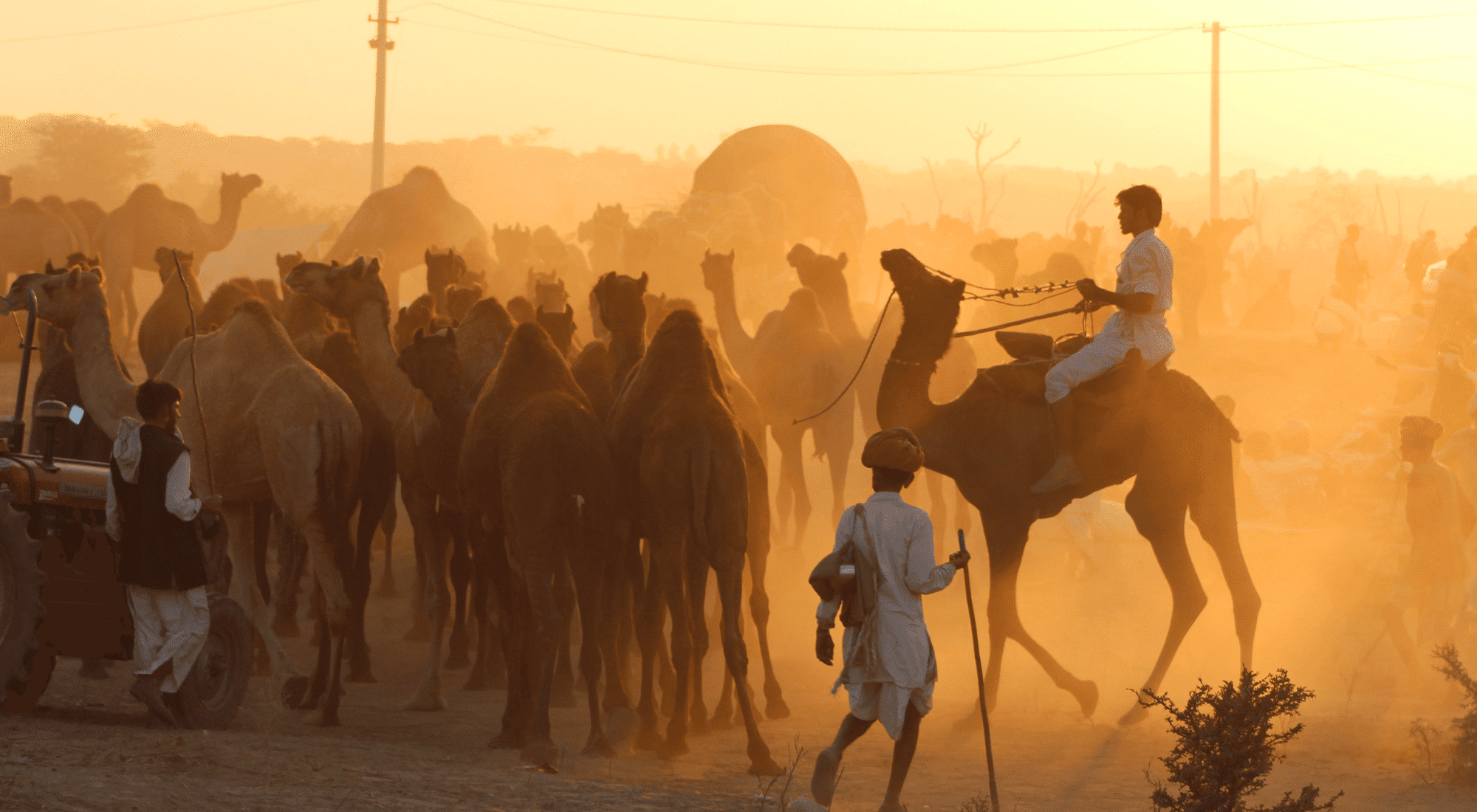 ©
© 